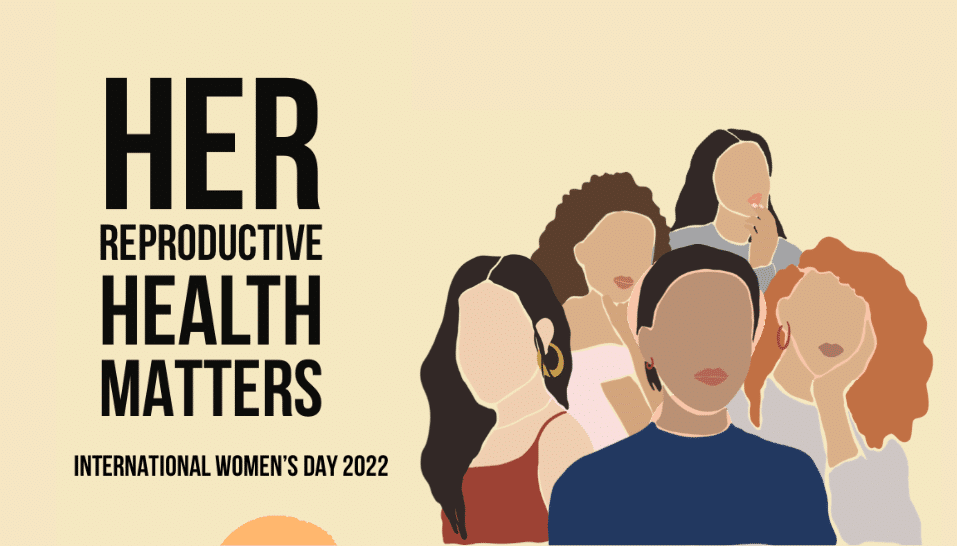One-third of infertility cases are caused by male reproductive issues, one-third by female reproductive issues, and one-third by both male and female reproductive issues.
One of the most common reproductive health myths is that young and (seemingly) healthy women do not have to face any infertility issues. However, many such women struggle with achieving pregnancy, despite trying to conceive for a year or more. That’s when we diagnose the couple – not the woman – as having infertility issues and we try finding out what could be the reason.
Among the most prevalent causes of infertility in young women is irregular cycles. Polycystic ovary syndrome (PCO) is a disorder involving infrequent, irregular or prolonged menstrual periods, and often excess male hormone (androgen) levels. It is a very common, yet treatable cause of infertility in young women.
In some cases, women may have regular, but very painful periods. The cause could be a medical condition known as endometriosis or chocolate cyst. With the help of a scan and some blood tests, it’s possible to discover the exact cause of the ailment. Once the condition is treated, it’s possible for the couple to achieve a pregnancy.
Another common myth about infertility is that it is a woman’s problem and the man does not have anything to do with it. The fact is that one-third of infertility cases are caused by male reproductive issues, one-third by female reproductive issues, and one-third by both male and female reproductive issues.
In infertility treatment, we treat the couple as a unit. There’s no value in blaming or finding faults with one partner.
Watch the YouTube video here.
(The author is a consultant – reproductive medicine at Cloudnine Hospitals in Bengaluru, India.)

















